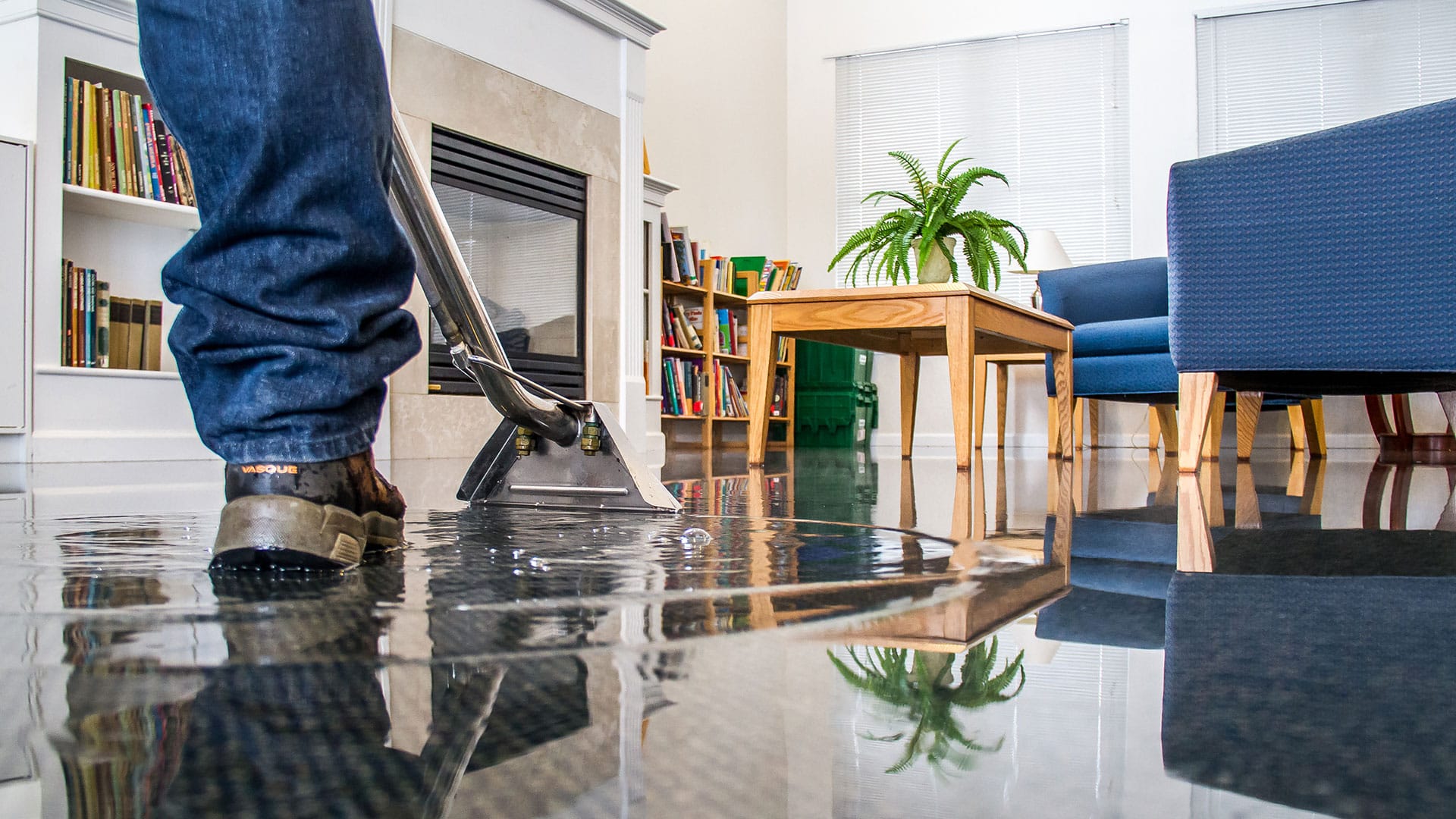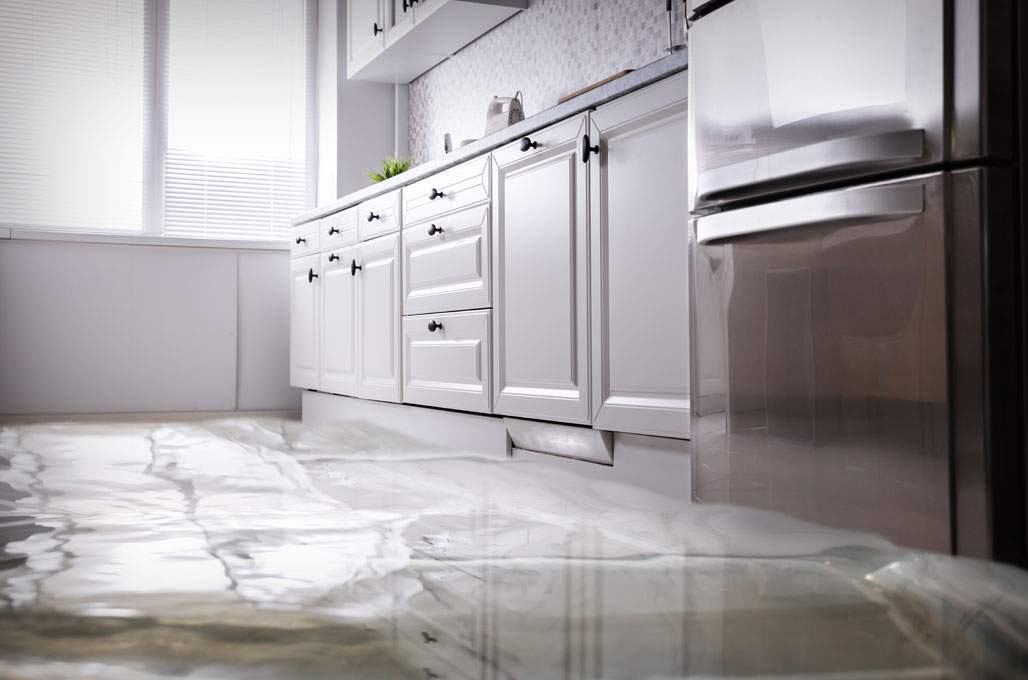Trusted Water Damage Cleanup Services to Restore Your Home’s Safety and Comfort
The Process of Water Damages Cleanup: Ensuring Your Home Is Restored Efficiently
Water damages can be a challenging difficulty for homeowners, necessitating a organized and careful clean-up procedure to bring back security and functionality. Originally, a detailed evaluation is vital to identify the extent of the damage and establish the ideal removal actions. Following this, effective water removal methods play a pivotal function in mitigating additional harm. Nevertheless, the nuances of drying out, sanitizing, and ultimate restoration are equally vital and usually neglected. Recognizing these stages can make a significant distinction in the end result of your home's restoration, prompting a closer look at what each step involves.
Evaluating the Damages
Upon uncovering water damages, the initial step is to extensively analyze the level of the impact. This initial assessment is essential, as it assists identify the required actions for effective cleaning and reconstruction. Begin by evaluating the affected areas, consisting of walls, ceilings, floorings, and individual belongings, to identify the resource of the water intrusion, whether from flooding, leaks, or condensation.
Recording the damages is essential for both insurance claims and planning repair initiatives - damage restoration services. Usage pictures and written notes to catch the seriousness of the damage, noting any affected structural aspects and products. Pay unique interest to locations that may not be quickly visible, such as behind wall surfaces and under rugs, as concealed dampness can lead to more problems, including mold growth
In addition, assess the timeline of the water direct exposure. Eventually, a thorough assessment lays the foundation for an effective water damage cleanup process, guaranteeing that all influenced locations are resolved effectively and extensively.
Water Extraction Strategies

Specialists usually employ submersible pumps for bigger volumes of water, which can promptly relieve flooding in basements or various other impacted areas. For smaller amounts, wet/dry vacuums are often used to draw out recurring wetness from carpetings and tough surface areas. In addition, utilizing portable extractors permits for targeted removal in restricted rooms or areas with fragile products.
In instances of contaminated water, such as sewer or floodwater, advanced removal techniques may involve making use of biohazard tools to ensure security and conformity with health policies. High-powered removal devices are important in minimizing water retention in architectural materials, which can cause mold development and structural wear and tear if not addressed without delay.
Ultimately, the efficiency of water extraction methods plays a critical function in the total success of the water damages clean-up process, laying the groundwork for subsequent reconstruction efforts.
Drying and Dehumidification
As soon as standing water has actually been properly extracted, the following essential phase in the water damages clean-up process is drying and dehumidification. This step is essential to prevent more damages and mold growth, which can occur within 24 to 48 hours in damp settings.
To attain efficient drying, specialized tools such as industrial-grade air movers and dehumidifiers is employed. Air moving companies distribute air across wet surface areas, improving dissipation rates, while dehumidifiers decrease moisture levels in the air, promoting a helpful atmosphere for drying. The combination of these devices ensures that moisture is extracted from furnishings, floors, and walls, enabling them to completely dry extensively.
It is necessary to keep track website link of the drying process closely. Specialists frequently utilize dampness meters to analyze the moisture content in different products, ensuring that all impacted locations get to acceptable dry skin levels. This careful method assists to avoid hidden wetness pockets that could bring about structural damages or unhealthy mold growth.
Cleaning and Sterilizing
After the drying out and dehumidification phase is complete, the next crucial action in water damage cleanup is cleaning and sterilizing the affected locations. This procedure is critical to avoid the growth of mold and mildew, bacteria, and various other microorganisms that grow in moist settings.
The cleaning stage typically involves eliminating any debris, dirt, and contaminants from surface areas utilizing specialized cleaning representatives. For hard surfaces, a combination of soap and water or industrial cleaning products is usually used. Soft products, such as upholstery and carpetings, may require extra comprehensive cleaning techniques, consisting of heavy steam cleaning or deep removal strategies, to make certain comprehensive sanitation.

Disinfecting complies with cleaning, utilizing EPA-approved anti-bacterials to remove unsafe microorganisms. This step is necessary, particularly in locations that may have come right into contact with floodwaters or sewer, as these resources can position major wellness risks.
In addition, it is essential to resolve any type of staying smells, which may need the use of smell neutralizers or sophisticated strategies like ozone therapy. Proper cleansing and sterilizing not only recover the safety and security and hygiene of your home yet additionally lay the foundation for successful repair and repair work in succeeding phases of the water damages cleanup procedure.
Repair and Fixings

Once the analysis is total, reconstruction initiatives can begin. This usually entails fixing or replacing damaged products, making sure that all work conforms with local building ordinance and criteria. If drywall has been endangered, it will need to be gotten rid of and changed with brand-new material. Additionally, flooring may need similar attention, depending on the level of water exposure.
It is important to engage seasoned restoration specialists during this procedure, as they have the know-how to more manage complex repair work properly. They can aid reduce possible future concerns, such as mold development or structural instability, hence making sure a habitable and secure living setting. Eventually, efficient reconstruction and repair services restore the home's honesty and boost its total worth.
Verdict
To conclude, the procedure of water damages clean-up is crucial for recovering a home to its pre-damage problem. Each stage, from assessing the damage to carrying out reliable water removal strategies, complied with by thorough drying, sterilizing, and necessary repairs, plays a vital role in ensuring safety and compliance with building requirements. Efficient execution of these steps not only reduces prompt damage however additionally improves the lasting stability and worth of the residential property.
Water damages can be a difficult obstacle for house owners, requiring a structured and meticulous clean-up procedure to bring back safety and security and functionality. Eventually, an extensive assessment lays the foundation for a successful water damages clean-up procedure, making certain that all affected locations are attended to effectively and completely.
Effective water removal methods are essential in minimizing damages and stopping further issues adhering to a water invasion event.In final thought, the procedure of water damages cleaning is vital for restoring a home to its pre-damage problem. Each stage, from evaluating the damage to implementing effective water extraction techniques, complied with by extensive drying, disinfecting, and required repair services, plays a vital function in making certain safety and compliance with building criteria.